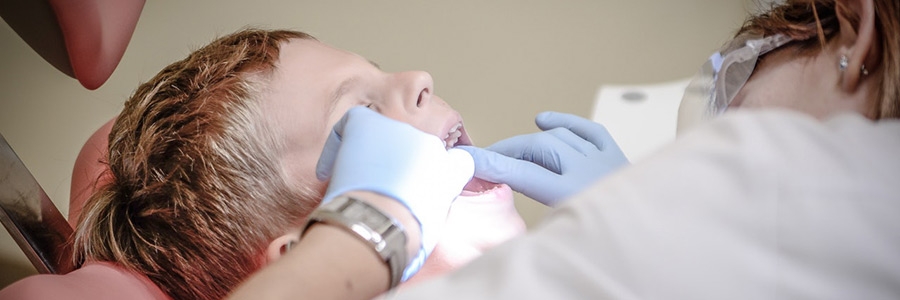Similarities and Differences Between a Dentist and an Orthodontist

Two Sides of the Same ToothEver wonder what sets a dentist apart from an orthodontist? You’re not alone. It’s like trying to distinguish between a cat and a cat that just got back from a vacation in a fancy spa. Both have whiskers, but one definitely has more bling. Both professions aim to keep your pearly whites in tip-top shape, but they do so with very different tools—one chooses drills, and the other prefers wires and brackets. Roles in Oral HealthWhile both dentists and orthodontists work on teeth, their areas of expertise revolve around different aspects of dental care. Dentists are the general practitioners—think of them as the family doctors of your mouth. They’ll check for cavities, clean your teeth, and might even tell you that two scoops of ice cream at dinner is a bad idea—spoiler alert: it’s not! Orthodontists, on the other hand, take dental care to a new level. They specialize in correcting misaligned teeth and jaws. Their work is like a mission control center for braces, retainers, and other devices that make you feel like a human construction site—but one that actually offers a cool reward in the end: a dazzling smile free of metal. Training and ExpertiseThe journey to becoming a dentist involves completing a dental degree, which takes about four years after undergraduate studies. A dentist learns how to care for teeth, gums, and everything in between. It’s a time-consuming, and let’s be honest, slightly boring process—like watching paint dry but with more dental floss. Orthodontists go the extra mile, completing an additional two to three years of specialized training after dental school. This is where they hone their skills in the magical arts of tooth movement and bite correction. They are the wizards of the dental world, armed with knowledge that could rival an encyclopedia—if only it came with fun facts like the world’s longest tooth. Similar Tools, Different UsesYou might think that dentists and orthodontists use the same set of fancy tools, but that’s where things get interesting. Sure, there’s a shared arsenal of instruments, but how they’re employed varies greatly. Dentists wield their drills and suction devices like chefs in a kitchen—gently slicing away at cavities and prepping teeth for fillings (hopefully not steak tartare). Their tools are designed to maintain oral health and hygiene. Orthodontists, however, are like engineers building a bridge—only instead of steel beams, they use brackets, wires, and rubber bands. Their tools are precision instruments designed for aligning teeth into positions that are, well, Instagram-worthy. Each bracket and wire has a purpose, and suddenly, you start to feel like a very fashionable robot. Common GroundDespite their differences, dentists and orthodontists also share some things in common. They both aim to improve your oral health and, ultimately, your smile. - Both care about patient comfort and ensuring a positive experience in the dental chair.- Each profession must stay updated on the latest advances in dental technology. - They both rely heavily on patient education—one to ensure proper hygiene practices, the other to explain why wearing those rubber bands is crucial (even if they do spark a minor existential crisis). When to See WhomUnderstanding when to visit a dentist or an orthodontist can save you from unexpected surprises—like discovering your favorite socks have mysteriously vanished from the laundry. ★ Dentist: Regular check-ups, fillings, root canals, and anything related to general oral hygiene. They’re your go-to for ensuring your mouth doesn’t resemble a scene from a horror movie. ★ Orthodontist: If you or your child has crowded teeth, gaps, or bite issues that make eating like an adult feel like an Olympic sport, it might be time to consult an orthodontist. They are adept at making sure your teeth line up for that perfect selfie! Brace Yourself for a Smile!Understanding the differences between dentists and orthodontists can be as enlightening as discovering there’s a hidden stash of cookies in the pantry. Both professions play essential roles in maintaining oral health, with each having a unique focus that contributes to that beautiful smile. So, whether you find yourself in the forgiving arms of a dentist or caught in the intricate embrace of an orthodontist’s braces, remember that both are working toward the same goal: keeping your mouth healthy and happy—one tooth at a time!
|
|







